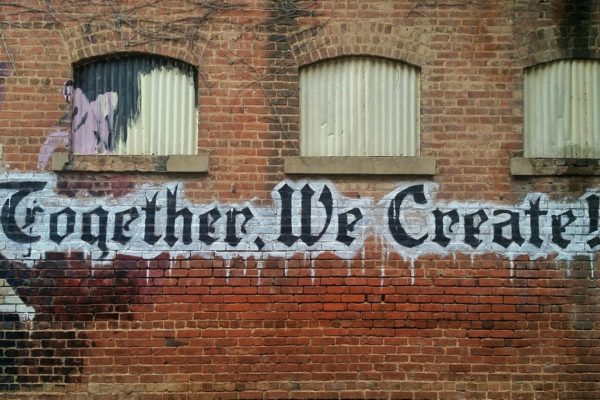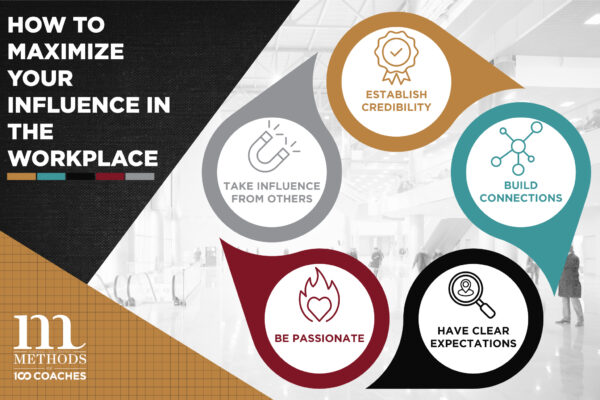Change is the only constant. Since the emergence of widespread corporatism and large-scale economics at the dawn of the 20th century, there have been numerous instances of change—both positive and negative—disruption, and uncertainty. For instance, the Great Depression in the 1930s brought about many of the things we now accept as the norm, such as the creation of the FDIC, and a movement away from the unfettered capitalism of the laissez-faire policies of presidents like Herbert Hoover and towards more of the mixed-economy government that we are familiar with today. In the early 1980’s, following the postwar economic boom of the 50’s, a deep recession struck, ruining businesses of all kinds and nearly bankrupting many others, though it was not nearly as bad as the 2008 recession, caused by the bursting of the housing bubble.
Each of these events were not only signal years in American politics and economics, but culturally significant catalysts that changed the way we saw the world and our place in it—oftentimes, specifically how we saw our jobs and our work. The COVID-19 pandemic, which is now in its second full year, was another of these crucial events that heavily affected the economy and the individual lives of workers all around the world. While we are still grappling with new variants, continual deaths, and the overall tense mood that permeates nearly every corner of our lives, the pandemic has not been insignificant in shifting tides of attitude towards work and our corporate lives. Because of the work-from-home migration and a necessary loosening of traditional strictures (and structures), workers feel now that they are more empowered than ever, and that they hold the power, not the employers.
Here, we will examine current and emergent trends in the workforce and leadership, so that you can be prepared for the next era of work and workers.

1. “The Great Resignation”
The Great Resignation is something that, by now, we’re all probably familiar with—it’s become somewhat of a catchphrase. Because of the aforementioned shifting expectations of employers and employees, more workers feel empowered to leverage their labor in favor of more optimal working conditions; whether it be remote-work options, more paid time off, or a better salary in lieu of decreased overhead. In a reversal of that famous JFK quote, employees are no longer asking what they can do for the company, but rather what the company can do for them. This may seem an affront to the typical hierarchical power structures of most businesses. However, research has shown time and time again that if you make your employee truly happy and feel safe and secure in their job, they will perform at a higher level more consistently, ultimately bringing the company more dividends. Meeting the needs of employees creates a win-win scenario.

2. Seeing Disruption as an Opportunity to Innovate
Change doesn’t have to be all bad, and in fact, it can be a way toward innovations that wouldn’t otherwise have seen the light of day. While at first, many of our quick-pivots were reactions intended to mitigate the effects of a sudden onset pandemic, many of these changes revealed larger areas of inefficiency or inadequacy that have since been addressed. For many companies, shifting to remote actually showed them holes in their processes that they otherwise wouldn’t have been able to locate. After recovering from the initial shock of COVID, a lot of businesses benefited from the intense scrutiny under which they analyzed their own companies in light of the pandemic. Above all, perhaps the pandemic showed all of us the value of staying quick-on-our-feet, and accepting the constant of change. As Methods coach and founder Marshall Goldsmith says, “What got you here won’t get you there.” It’s a reminder that change is necessary for innovation and moving to the next level of growth, both as individuals and organizations.

3. Career Nomads
For many millennials, their parents and grandparents came from a generation of workers who would find a company, gain a position there, and remain at that company for the duration of their working career. They were loyal to these companies, and in turn the companies were loyal to them; there was an intrinsic respectability in longevity at once place, pointing toward a steadfastness and willingness to “stick it out in the long run.” Nowadays, younger workers aren’t as willing to consign their lifetime over to one corporation, especially when the options for other (better) employment are nearly endless, and companies are making increasingly enticing offers to attract these more self-sufficient, self-oriented individuals. The downside to this emergent trend, according to its detractors, is that it gives the impression of a sense of entitlement on the part of the employee, wherein they are being “picky” about what they want, when in reality they should “just be thankful” for any work at all. Well, luckily for this newer generation of workers, there are a bounty of good jobs out there for qualified candidates, and young people aren’t just settling for situations in which they might be making enough money but aren’t truly happy. Especially in the perspective-shifting wake of a global pandemic, young workers are motivated by their values and a work-life balance that allows them to enjoy their life outside of work, spend time with their families, and explore hobbies or other facets of their lives. The value of contentment and happiness in roles has increased; the value in pure monetary compensation has decreased relatively. Companies can no longer expect the best candidates to simply “come to them”—they must be willing to go to the candidate and meet them on their terms.

4. Wellness = Productivity
If the pandemic has taught us anything about our emotional sides as human beings, it’s that wellness matters more than just “feeling good.” Research has consistently shown the value of a healthy mental state in terms of being able to do your job well. This, too, ties into the aspect of human connection and communication. We were all at a loss for in-person, human contact while we were in the first throes of lockdown, and we saw how isolation can, in some cases, even be deadly. For all the benefits that come with a remote work position, one thing that nearly everyone was able to agree on was that a loss of frequency in real human connection resulted largely in feelings of separation and negativity. It’s important now more than ever to include mental health as a major consideration in employee management, and how “solving” for that happiness can actually bode well for the company’s bottom line. Mental health resources, coverage for these services in your company’s healthcare plan, and time off to spend with friends and family are standards all employers should offer if they care about the well-being of the people working for them. Happy workers are good workers, and good workers help the world go ‘round.

5. Less “ME,” more “WE.”
This is possibly the most nebulous of all the trends and changes likely to stick around in the new year and years to come, but maybe also the most important. As our global community grappled with the pandemic, we all were forced to take a closer look at ourselves as a collective and not just individuals. Healthy people, with no comorbidities, had to accept their responsibility not to spread the virus asymptotically on behalf of those at higher risk; we grew a new appreciation and reverence for front line workers, both in the health services and other sectors that traditionally haven’t gotten much respect or attention; we realized that—stuck in our homes—the most important things in life are the people in it, and taking care of those people. Companies, too, learned the value of caring for their employees on more personal levels, as tragedy struck many families, both in terms of sickness and other accompanying disruptions. Employers learned that endless Zoom sessions and information dumps do little to stimulate the real motivations of employees, and thus a new mode of management was (and is still) needed. Everywhere, in every section of business and life, people were forced to look not only selfishly inward, but altruistically outward, giving voice to a more collective consciousness and a better world for all of us to live in.
At this point, no one needs to be reminded that we’ve been through a serious collective trauma with the COVID-19 pandemic, and it probably does little to focus on the negatives. What we can do, however, is focus on the lessons we’ve learned, and how we can be better to our people and the planet at large. With these trends in mind, you’re on your way to being much more prepared for the coming work year and the shifts you can expect to shape the business world in years to come
Sources of Inspiration:
- Korn Ferry Identifies 10 Key Talent and Leadership Trends
- 5 EMERGING LEADERSHIP TRENDS
- 10 Key Talent and Leadership Trends
- The Year Executives Were Forced To Care About EX
- The 9 Principal Effects of the Great Depression
Photo credit: photo 1, photo 2, photo 3, photo 4, photo 5, photo 6





